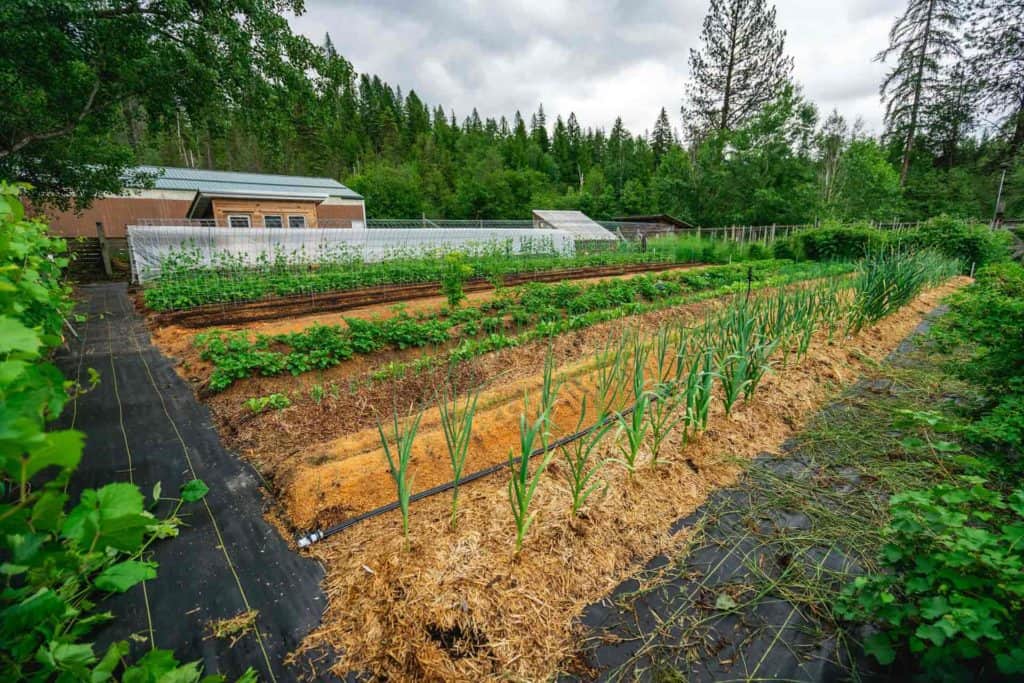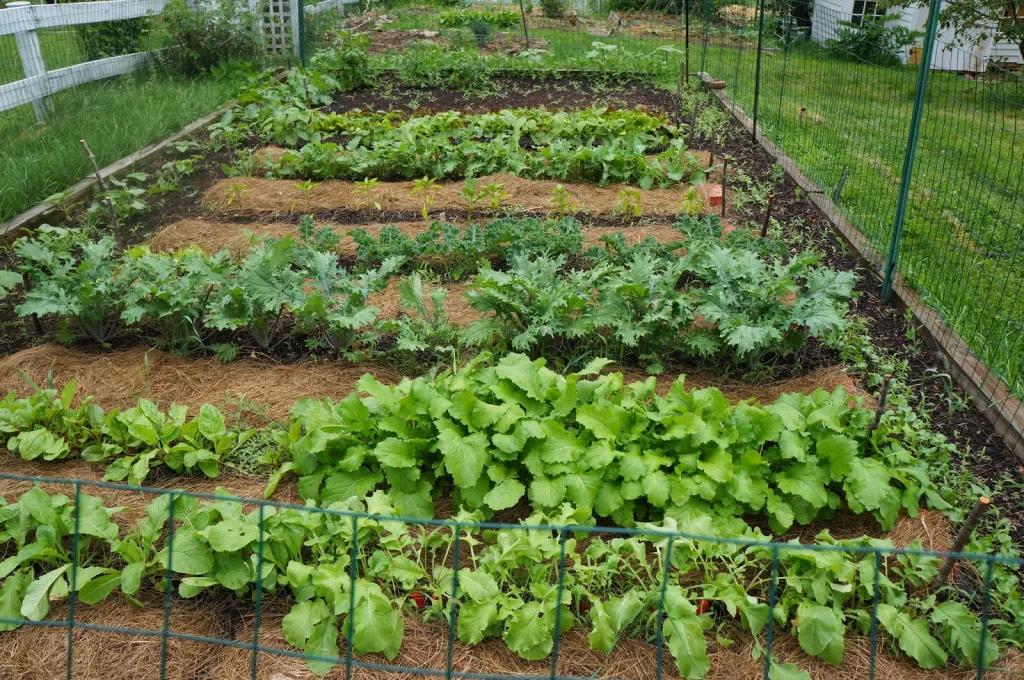A small homestead garden can be surprisingly productive if you choose the right crops. The goal is to grow plants that offer high yields, are easy to maintain, and provide a steady supply of fresh food for your household. Here’s a look at the top 10 crops that can transform your small space into a thriving food source.

1. Tomatoes
Tomatoes are one of the most versatile and rewarding crops for homesteaders. They grow well in garden beds, raised planters, and even large containers.
Tips for Success
Choose disease-resistant varieties and provide sturdy supports like cages or stakes. Water consistently to avoid blossom end rot.
2. Lettuce
Fast-growing and perfect for cut-and-come-again harvesting, lettuce can be grown almost year-round in many climates.
Tips for Success
Plant in partial shade during hot months to prevent bolting. Mix different varieties for a colorful salad harvest.
3. Carrots
Carrots thrive in loose, well-drained soil and offer long-term storage after harvest.
Tips for Success
Thin seedlings early to give roots room to grow. Water regularly to keep roots tender.
4. Beans
Beans are nitrogen-fixing plants, which means they enrich your soil while producing abundant harvests.
Tips for Success
Choose bush beans for quick harvests or pole beans for extended yields. Provide trellises for climbing varieties.
5. Peppers
From sweet bell peppers to spicy chili varieties, peppers are compact plants that produce for months.
Tips for Success
Start seeds indoors for an earlier harvest. Keep plants warm and protect from strong winds.
6. Zucchini
Zucchini is famous for producing large quantities in a small space, making it a homestead favorite.
Tips for Success
Harvest young for tender flavor and to encourage continuous production. Watch for powdery mildew and treat early.
7. Herbs (Basil, Parsley, Thyme)
Herbs take minimal space but add flavor to almost every dish. Many also deter pests in the garden.
Tips for Success
Plant herbs near vegetables for companion planting benefits. Harvest frequently to promote new growth.
8. Cucumbers
Cucumbers can climb vertically, making them ideal for small homestead gardens with limited ground space.
Tips for Success
Use trellises to improve air circulation and reduce disease. Pick regularly to keep vines producing.
9. Potatoes
Potatoes are a staple crop that can be grown in traditional beds, raised beds, or even grow bags.
Tips for Success
Plant seed potatoes in loose soil and hill them as they grow. Harvest once plants die back for best flavor.
10. Spinach
Spinach is a cold-hardy crop that can be planted early in the season and again in the fall.
Tips for Success
Keep soil consistently moist and harvest leaves often to prevent bolting.
Maximizing Space in a Small Homestead Garden
Even in limited areas, strategic planting can help you get the most out of your garden.
Vertical Gardening
Trellises, cages, and hanging planters allow you to grow crops like beans, cucumbers, and tomatoes upward instead of outward.
Succession Planting
Plant new crops every few weeks to ensure a steady harvest throughout the season.
Choosing Crops for Your Climate
While the top 10 crops here work well for many homesteaders, your local climate will determine which thrive best.
Warm Climate Crops
Peppers, tomatoes, and zucchini excel in heat with plenty of sun.
Cool Climate Crops
Spinach, lettuce, and carrots prefer cooler weather and can be grown in early spring or late summer.
FAQs About Growing Crops in a Small Homestead Garden
1. How much space do I need for a small homestead garden?
You can start with as little as 100–200 square feet and still grow a variety of crops if you plan carefully.
2. What crops give the highest yield in small spaces?
Tomatoes, lettuce, beans, and zucchini are top choices for high productivity in limited areas.
3. Can I grow these crops in containers?
Yes, most of the crops listed can be grown in large containers, making them ideal for patios and small yards.
4. How do I keep pests away without chemicals?
Use companion planting, row covers, and natural repellents like neem oil to deter pests organically.
5. Is it better to start from seeds or seedlings?
Some crops like carrots and beans do best from direct sowing, while tomatoes and peppers benefit from starting indoors as seedlings.





